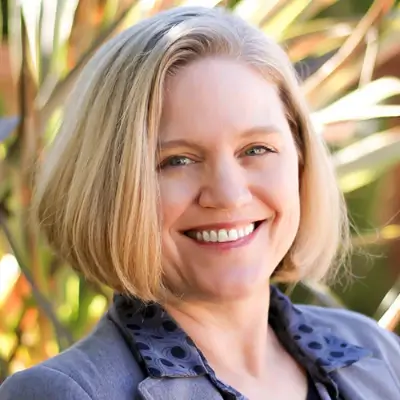
Homeownership is the American Dream, and yet with house prices on the rise, it can sometimes feel unattainable if you’re still trying to make a rent payment each month. The average U.S. rent for a two-bedroom apartment as of June 2020 was $1,917, according to Rent.com, an increase of $39 over 2019. While that may not seem like a huge jump, it does make it harder to save for buying a house, especially when average home prices have risen 15% in roughly the same time, according to the National Association of Realtors.
Even with increasing prices, it is possible to save for that first down payment while renting. Here are six tips for making the American Dream your reality:
- Determine How Much You Need
The very first step is to find out how much houses cost in your desired area. Prices can vary greatly between states and from city to city. Once you know your locale, search the local real estate website to find out the average home price. From there you can use a mortgage affordability calculator to determine if you can afford a home in that area. You may need to adjust your neighborhood search based on your current income.
The required down payment will depend not only on the home price, but also on the type of home loan you choose. Many mortgages, like FHA and USDA loans, require as little as 3% down. However, any time you make less than a full 20% minimal down payment, you will have to pay private mortgage insurance, which can increase your monthly payment. We can help you understand which size down payment makes most sense for your budget. There are other loan program options that do not require any downpayment. Call us today and we'll go over all of the options with you.
- Create a Housing-Specific Savings Account
Once you know the dollar amount you need, open high-yield savings account specifically for your down payment. If it is separate from any other money you have, it will be harder to accidentally dip into it. A distinct down payment account will also make it easy to track your savings progress. In terms of your savings interest rate, look into online banks which can sometimes offer higher rates than traditional banks. You may even want to try putting your money in a c.d. (certificate of deposit) account if you know you will need a year or more to save.
- Make Automatic Deposits
To help that savings account grow quicker, you could create an automatic deposit into it each month from your paycheck. Then you won’t even have to think about it. You can also sign up for programs with your bank or other online apps to have all your purchases round up to the nearest dollar, putting the change into your down payment account. When tax refund and bonus seasons come around, you could have them deposited into that same account as well. Any system that doesn’t allow you to touch the money first makes it much easier to save it.
- Find Ways to Scale Back on Spending
There may be expenses in your budget you could reduce or eliminate to help you become a homeowner faster. The most obvious places are in entertainment and eating out, but you might also be able to decrease costs on your car insurance or cell phone plan. You could even make drastic changes like selling your car to buy a less expensive one or moving to an apartment or home with lower rent.
- Take on a Second Job
Sometimes saving and cutting back just isn’t enough to reach your goal. If you are serious about buying a home, it might be time to take on extra shifts at work or to pick up a second job at night or on the weekends. While it might make life a little crazy for a few months, all that extra money could make the difference you need to amass a full down payment.
- Apply for Down Payment Assistance
Don’t forget to look for help from first-time homebuyer programs that will assist you with a portion of your down payment. Some will require you to take a homebuyer education course, while others require you to live in the home for a certain number of years. There are also down payment assistance programs for public service occupations. Teachers and first responders can all benefit from job-specific funding.
Saving for an entire down payment can seem overwhelming, but it becomes much more manageable when you break it into smaller steps. Even while renting, these measures can help you save enough to become a homeowner.
Call us today at 530-820-3863 and we can help you get a better idea of your current mortgage options.

